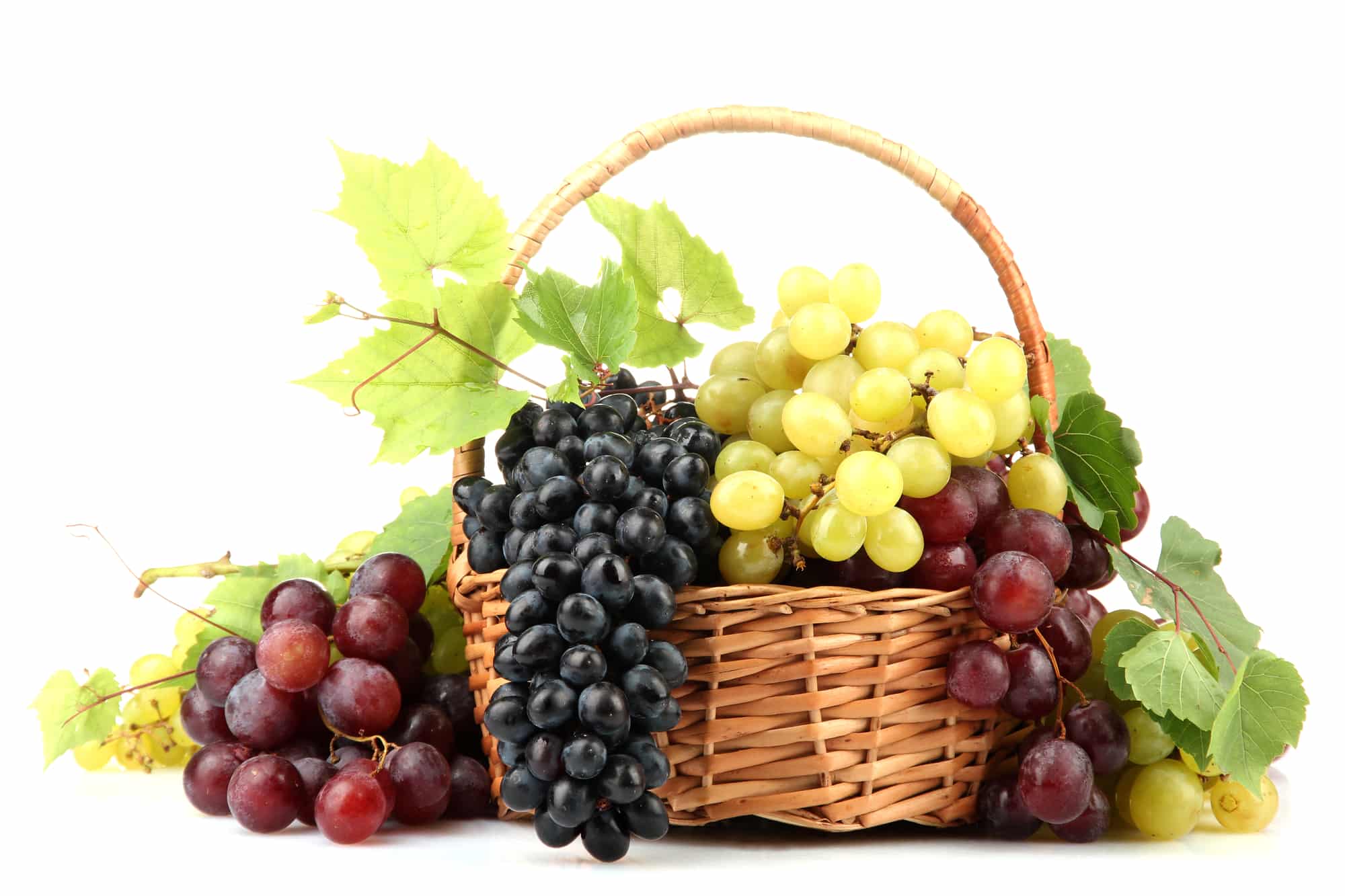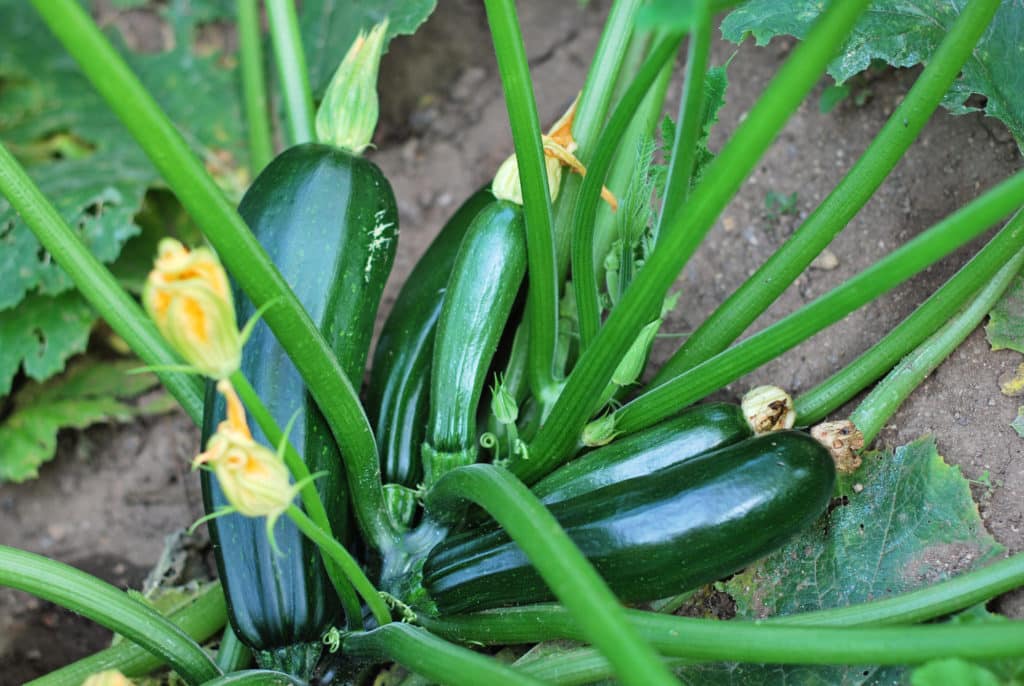Do you know which fruit is called the ‘Fruit of the gods?’
If you answered, ‘Grapes,’ then you are correct.
It is hard to find a person who might not love grapes. If you, too, love eating grapes, have you ever tried eating grapes with salted nuts? It’s a great mixture of saltiness and sweetness that I like a lot.
But despite grapes being a fruit that is so tasty and healthy at the same time (for humans), they can prove deadly for some pets. Grapes are poisonous to dogs and could cause kidney failure within 72 hours of consumption (Source: Columbia Veterinary Emergency Trauma and Speciality). In a cat, the same could happen within 24 hours of consumption (Source: PawlicyAdvisor).
If you are a hamster owner reading this blog post, you may think it could happen to your hamster too. By this time, you may be asking yourselves, “Can hamsters eat grapes without getting sick?”
But you have nothing to worry about. Because while grapes might cause kidney failure in dogs and cats, no such incidence has been observed in hamsters. So, feeding grapes in moderation only as an occasional treat can be healthy for your pet hamster.
But what does ‘in moderation’ mean? How much is too much?
What measures should you take before feeding grapes to your furry friend?
Read this blog post to find out.
Types of grapes
Before we go any further and look at how to feed grapes to your hamster, let’s first learn a little bit about grapes.
Botanically, grapes are berries, which are a subcategory of fruits. There are more than 10,000 varieties of grapes in the world. But the 13 most popular varieties make up for a third of all the grape plantations in the world (Source – Forbes).
One major difference between grape varieties is the purpose for which they are grown. Wine grapes are grapes that are grown primarily for the production of wine. On the other hand, table grapes are grapes that are intended to be consumed fresh.
In this blog post, we will limit ourselves only to table grapes and find out if they are safe for hamsters to eat.
Red vs. Green grapes
Nutritionally, red grapes and green grapes are, for the most part, similar. They are both abundant in Vitamin C, Vitamin A, Vitamin K, and fiber but contain almost zero Cholesterol.
But why are they different in color?
Their difference in color comes due to the presence of an antioxidant called flavonoid (Source: Lacadamie).
What are antioxidants?
Due to various reasons, like pollution, pesticides, etc., free radicals are created in our bodies. A free radical is a molecule or atom which lacks an electron. It is highly unstable and needs an electron to become stable. It can steal this electron from the cell membranes, DNA, and proteins in our bodies, thereby damaging them. This process is called oxidation.
Oxidation can destroy the cells in our bodies, causing various health problems.
Antioxidants can provide an electron to free radicals and thus, deactivate free radicals before they can interact with the cells in our bodies.
But oxidation is not a problem in humans alone. It can affect animals too, damaging their immune system severely. But antioxidants like flavonoids can prevent that from happening. And since they prevent cells from being destroyed, antioxidants can protect your hamster from diabetes, cancer, heart disease while improving his immune system and preventing inflammation. Thus, antioxidants are important for your pet.
Some of the antioxidants in grapes and their health benefits:
1. Anthocyanin reduces the risk of heart diseases, cancer, viral infections and prevents inflammation. It improves the metabolism of sugar, thereby reducing the risk of diabetes.
2. Resveratrol has antimicrobial properties, thereby preventing fungal and viral infections. It also helps reduce the risk of nerve diseases, heart diseases and prevents blood pressure from increasing.
3. Quercetin protects cells from mutation, thereby preventing the formation of cancerous cells. It also protects your hamster against harmful bacteria and some viruses.
4. Catechin improves brain function (Source – Kitchenistic).
And when it comes to grapes, there is a simple rule of thumb – the darker a grape is, the more antioxidants it has. So, red grapes contain more antioxidants than green grapes. Therefore, they can prove more beneficial to your hamster’s health.
And since black grapes are darker than red grapes, they have even more antioxidants than red grapes (Source: WebMD).
Nutritional content in a grape
You can find a nutritional comparison of green, red, and black grapes below. While red grapes contain more antioxidants, green grapes are a good source of potassium. Potassium plays an important role in various chemical reactions in the body and helps in muscle contractions and conveying nerve signals (Source: WebMD). Black grapes, however, have more dietary fiber and more Vitamin K.
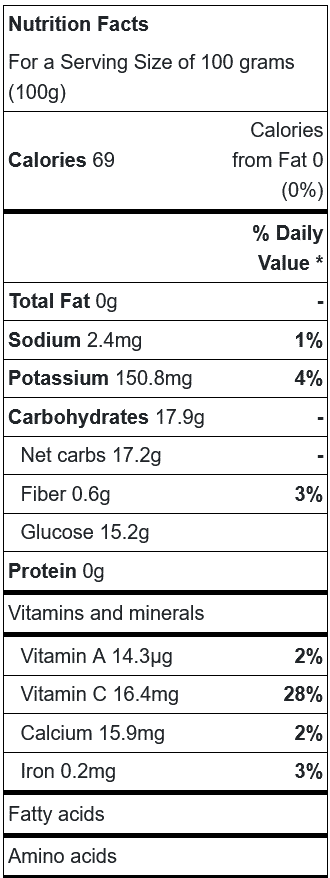
(Source: eat this much)
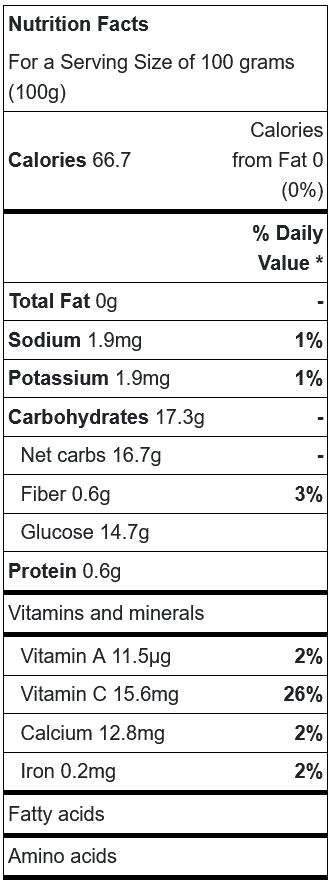
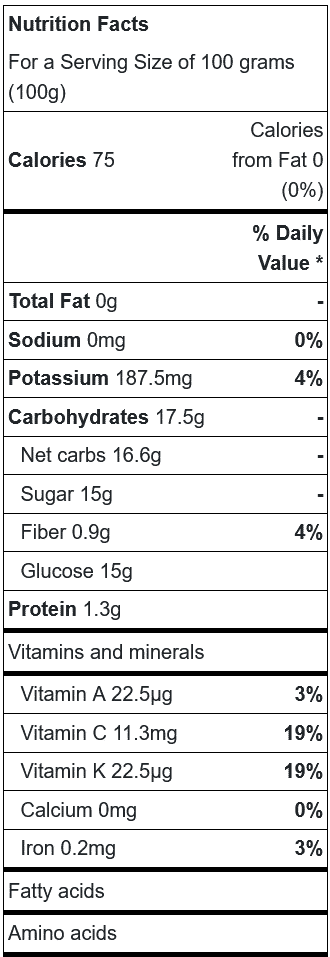
Can hamsters eat green grapes?
Yes, hamsters can eat green grapes. They contain more potassium, but they are higher in sugar content and contain less amount of antioxidants. So, red grapes can actually be more beneficial than green grapes.
Can hamsters eat red grapes?
Definitely, they are more beneficial than green grapes. Since hamsters are small creatures, they can eat only a very small amount of grapes in a month. So, feeding them red grapes, which have more health benefits than green grapes, could be a wiser decision.
Can hamsters eat black grapes?
Yes. They have a good amount of antioxidants and Vitamin K, as well as higher fiber content when compared to red and green grapes. But they have less Vitamin C compared to the red and green variants.
Now that we have taken a look at the different types of grapes that hamsters can eat, let’s find out how much grapes different types of hamsters can eat.
Different types of hamsters vs. grapes
Can Chinese dwarf hamsters eat grapes?
Yes, definitely. But Chinese hamsters are very small hamsters. So, if you feed them too many grapes, they can easily get diabetes or obesity. So, don’t feed them more than one-sixth of a grape more than once a month (Source: Just hamsters).
Can Campbell dwarf hamsters eat grapes?
Campbell hamsters are similar to Chinese hamsters in size. So, you can feed them one-sixth of a grape once per month.
Can Russian dwarf hamsters eat grapes?
Russian dwarf hamsters (also known as Djungarian hamsters or Winter White hamsters) are similar in size to Chinese and Campbell dwarf hamsters. They are all smaller in size when compared to other hamsters. That is why they are called dwarf hamsters. So, they can only eat eat one-sixth of a grape per month.
Can Roborovski hamsters eat grapes?
Yes, Roborovski hamsters can eat grapes. Roborovski hamsters are also dwarf hamsters. They are very small. Indeed, they are the smallest species of hamsters. But they are also very active when compared to other dwarf hamsters. So, they can handle the sugar content in grapes better than other hamsters. Therefore, they can eat half a grape (maximum limit) every week.
Roborovski hamsters have evolved in desert conditions where water is scarce. Hence, their bodies cannot handle the high water content in grapes. So, start by giving your Robo hamster a very small piece of grape once a week. If that doesn’t cause diarrhea, you can gradually increase the amount to half a grape per week.
Can Syrian hamsters eat grapes?
Syrian hamsters are the largest of all hamsters. So, you can feed them a maximum of one grape per week.
Things to watch out for
While grapes can be a healthy snack for your furry friend, there are some things you need to be careful about before feeding grapes to your hamster.
How often can hamsters eat grapes?
A hamster’s diet should consist of 12% to 24% protein (Source: Caring pets). However, grapes have a lot more carbohydrates than protein. Moreover, the sugar content in grapes is higher than many other food items in the natural environment of a hamster. Therefore, grapes can make them feel full sooner and prevent them from eating protein-rich food which they need.
So, don’t feed grapes too often to your hamster. A dime-sized piece of grape every three days is the maximum frequency for feeding grapes to a hamster (Source: Hamster Hideout Forum).
Can hamsters eat grapes with seeds?
Unlike apple seeds, which can at times be poisonous to Hamsters, grape seeds don’t pose such a threat. But since hamsters are small creatures, grape seeds can be too big for them to swallow. Therefore, they might pose a choking hazard to your little companion. So, if you plan to feed grapes with seeds to your hamster, make sure you remove the seeds first.
Can hamsters eat grapes with skin?
Definitely, after all, grapes’ skins are rich sources of antioxidants. If you peel the grapes and feed only the inner part, you will be robbing your hamster of all the antioxidants he can get.
But grape skin can contain pesticides. So, buy organic grapes for your hamsters. If that is not possible, wash grapes with hot water thoroughly to remove any trace of pesticides before feeding them to your hamster.
Can hamsters eat raisins?
Raisins are just dried grapes. So, since hamsters can eat grapes, hamsters can eat dried grapes too. But the problem is, raisins are dried grapes. So, they have very less water content when compared to grapes. Moreover, they have extremely high sugar content (as well as other nutrients). Just one look at the nutritional table for a raisin would tell you that they have several times more sugar content than the same weight of grapes. So, feeding them more than once a week might cause diabetes or make your hamster fat.
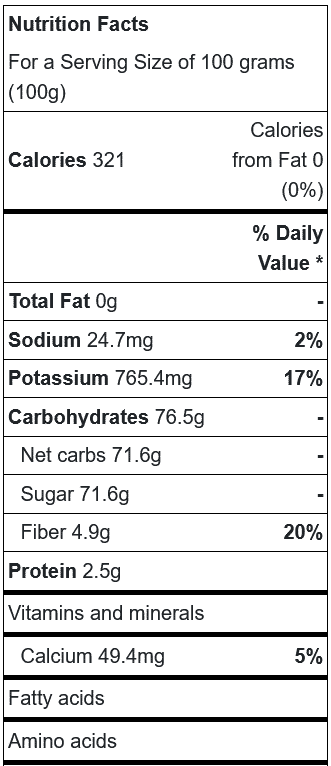
(Source: eat this much)
Remove uneaten food items
Hamsters are very small creatures. So, they can be extremely sensitive and show adverse reactions to spoilt food. Therefore, don’t leave any grapes in your hamster’s cage for more than a day.
Combine grapes with other food items
A grape is a nutritious fresh fruit that your hamster would most probably love because of its sweetness. But that alone shouldn’t completely make up your hamster’s diet.
A good hamster diet should contain everything – proteins, sugar, water, and very little fat. That way, your hamster will not get any disease due to the lack of a nutrient.
So, combine grapes with other food items – vegetables like tomatoes, greens like lettuce, and hamster food like pellets. That way, your hamster can stay healthy for a long time. But don’t feed two sugary food items at the same time (e.g., fruits like grapes and banana) so that the sugar in them don’t add up. Too much sugar (fructose) is not good for hamsters, after all.
Always consult a vet
Grapes are generally good for hamsters. But every hamster is unique. So, it would be better to feed a piece of grape to your hamster in front of a vet when you go there for a regular check-up. That way, your hamster can be treated immediately if his body shows any adverse reaction to grapes.
What if my hamster doesn’t like grapes?
Just like any other food item, if your hamster doesn’t like grapes when you first try feeding it, don’t feed it again. Instead, you can try feeding other food items.
Can hamsters have grapes? Are grapes good for hamsters?
Grapes are fruits that are highly beneficial for the health of your hamster. So, yes, grapes are good for hamsters.
Health benefits of grapes
1. Grapes are a low-calorie, fat-free treat for your hamster.
2. They contain various antioxidants that boost the immunity of your little pet.
3. Grapes are good sources of Vitamins. Grapes are particularly rich in Vitamin C. Thus, they protect your hamster from diseases like Scurvy which occurs due to a lack of Vitamin C. Vitamin C also boosts healing and the body’s absorption of iron.
4. Vitamin K in grapes is important for your hamster to have strong bones and healthy tissues.
5. Grapes contain a lot of water. Indeed water constitutes 82% of a grape. Hence, they can prevent dehydration. But as a side note, despite their high water content, grapes cannot replace freshwater. So, keep a lot of water for your hamster to drink as well.
Side effects of eating grapes
While feeding your hamster, it is important to stick to the recommended limits, as indicated in the earlier sections of this blog post. Grapes should only be used as occasional special treats. Depending on the type of hamster, an adult hamster can be fed one-sixth of a grape to four grapes per month.
If you feed too many grape pieces to your hamster, the following side effects may occur:
1. Grapes contain salicylic acid. So, feeding too much to your hamster might upset his stomach and cause other digestive issues like diarrhea (Source: Style Craze).
2. Grapes are high in sugars. Therefore, it can make your hamster obese or cause diabetes.
Summary
A grape is a safe fruit for hamsters to consume. They contain:
- Vitamin C, which boosts healing.
- Vitamin K, which improves blood clotting and helps your hamsters have strong bones and healthy tissues.
- Potassium, which is necessary for various chemical reactions in your hamster’s body.
- Antioxidants that have multiple purposes – prevent heart diseases, fight microbial infections, prevent inflammation, and fight cancer.
Thus, grapes are healthy for hamsters.
Some points to note:
- Red and black grapes are healthier than green grapes because they have more antioxidants.
- Do not remove the skin of grapes because they have a lot of antioxidants.
- But wash grapes in hot water thoroughly to remove any traces of pesticides from grapes.
- Remove grape seeds since they can cause choking and suffocation.
- Grapes are great sugary treats for hamsters. But they can have adverse reactions if not fed in moderation. Feeding grapes in excess can cause diarrhea, obesity, and diabetes.
- Monitor your hamster for at least 48 hours after feeding grapes for the first time (changes in behavior, stool, etc.) to promptly identify any adverse reactions that might show up. If any such adverse reaction does occur, take your hamster to a veterinary doctor.

